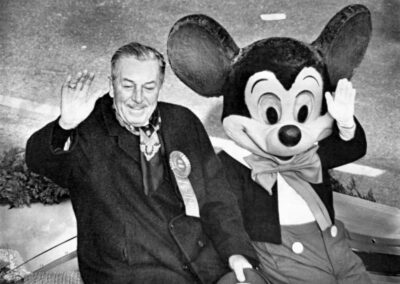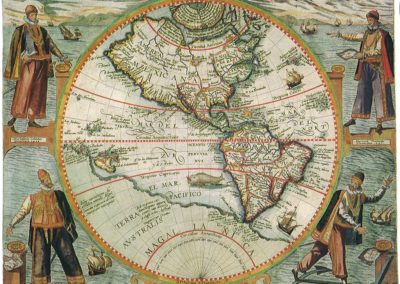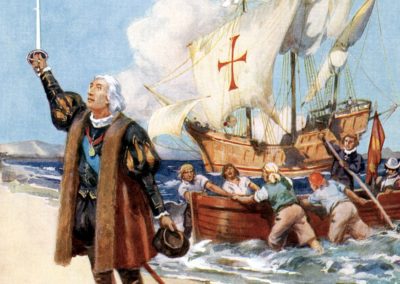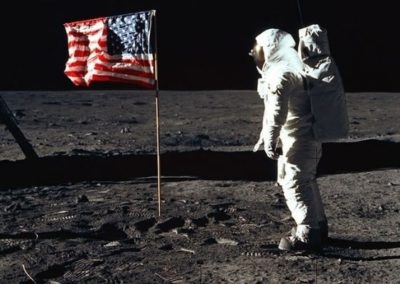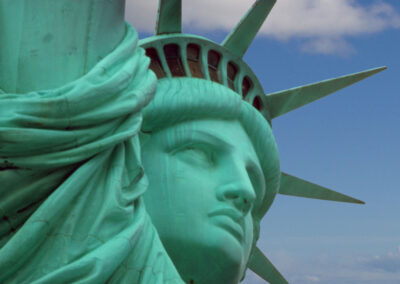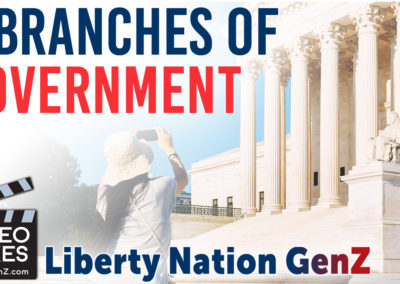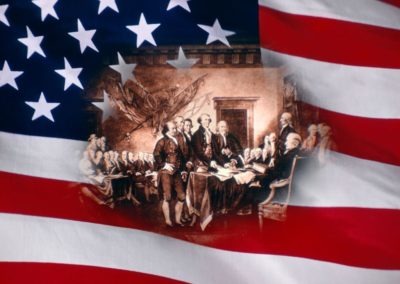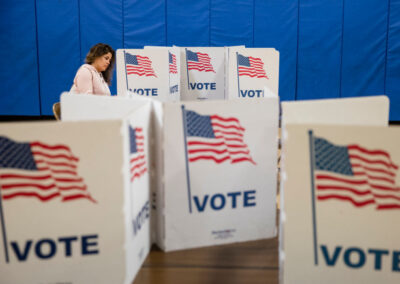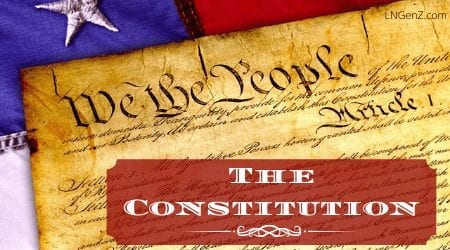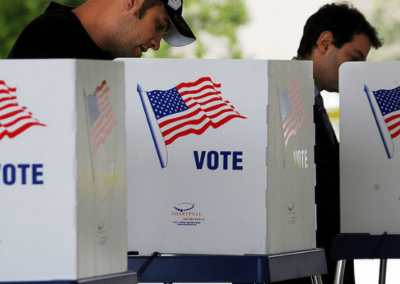The Democratic Party: Origins, Policies, and People
The Democratic Party: Origins, Policies, and People
By: Sarah Cowgill | March 12, 2020 | 603 Words

1868 Democratic National Convention, Tammany Hall, New York, USA. (Photo by: Universal History Archive/Universal Images Group via Getty Images)
The party traces its roots to 1792. Followers of Thomas Jefferson and James Madison created the Democratic-Republican Party in opposition to the Federalist Party. Under the guidance of Alexander Hamilton and John Adams, the Federalists supported the idea of a centralized government and national banking system. Jefferson and Madison, on the other hand, favored a decentralized government and greater states’ rights.
The modern-day Democratic Party was created after the contentious presidential election of 1824. The Democratic-Republicans offered four candidates. Andrew Jackson won the popular vote, securing 99 electoral votes. However, Jackson’s lack of an electoral majority meant the House of Representatives were tasked to declare the winner. They named John Quincy Adams as the president.
That fired up the mayor of New York, Martin Van Buren. He left the party and started his own offshoot, the Democratic Party, to back Jackson – who defeated Adams easily in 1828. The party dominated the nation until the Civil War when a newly formed group, the Republican Party, offered a candidate by the name of Abraham Lincoln.
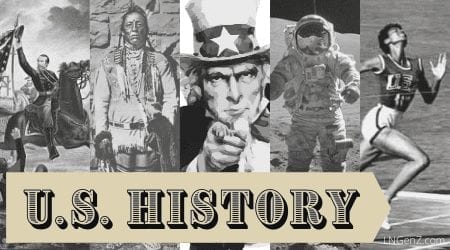 During the Reconstruction Era after the Civil War, national politics were dominated by the Republican Party. The victory by the Union over the South saw Republicans controlling Congress and the presidency while Democrats solidified their base in southern states. Most white Southerners opposed Republican measures to protect the rights of former slaves.
During the Reconstruction Era after the Civil War, national politics were dominated by the Republican Party. The victory by the Union over the South saw Republicans controlling Congress and the presidency while Democrats solidified their base in southern states. Most white Southerners opposed Republican measures to protect the rights of former slaves.
Times of Change
The Democrats came back to power during the stock market crash of 1929. Under the leadership of Franklin D Roosevelt, they redefined the Democratic ideology. There would be a “chicken in every pot” under Roosevelt, and his social programs attracted new voters – northern industrial workers and African Americans.
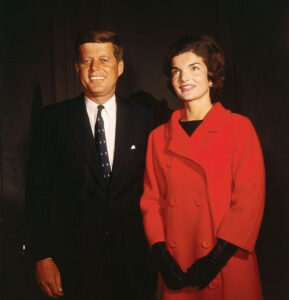
John F. Kennedy and his wife Jackie (Getty Images)
Racial segregation was still a major issue. The Democratic Party, under the charismatic leadership of President John F. Kennedy, dominated the civil rights conversation in the early 1960s. He and others paved the way for the 1964 Civil Rights Act and the 1965 Voting Rights Act.
The Democratic Party of the 21st Century is again experiencing a shift in ideology. The party is now split into two factions: the group of moderate members (such as former Vice President Joe Biden and Speaker of the House Nancy Pelosi) versus the new progressive wing, including members like New York Representative Alexandria Ocasio-Cortez.
Will the party follow its usual ideas or adopt a radical progressive stance? Nobody yet knows.
Some famous Democrats
Barack Obama: The most recent Democrat president, Obama was also the country’s first black president. Elected of a platform of “change” and “hope,” he has been known for his youthful energy and skill as a public speaker. Obama held the office between 2009-2017, and he was awarded the Nobel Peace Prize soon after being elected.
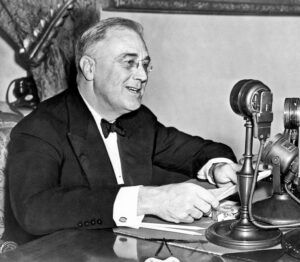
President Franklin D. Roosevelt (Photo by Underwood Archives/Getty Images)
John F. Kennedy: One of the most famous Democrat presidents, JFK served during the height of the Cold War and was the first to promote the idea that humans could travel to the moon. He symbolized a feeling of renewal in America, but his presidency was cut short as he was assassinated in 1963, two years after entering the White House.
Franklin Delano Roosevelt: The only U.S. president to have served more than two terms, FDR occupied the White House from 1933-1945. A major figure during the first half of the 20th Century, he was elected during the Great Depression and served until the end of WWII. He is remembered for his New Deal reforms which aimed to help the country recover from economic collapse.


